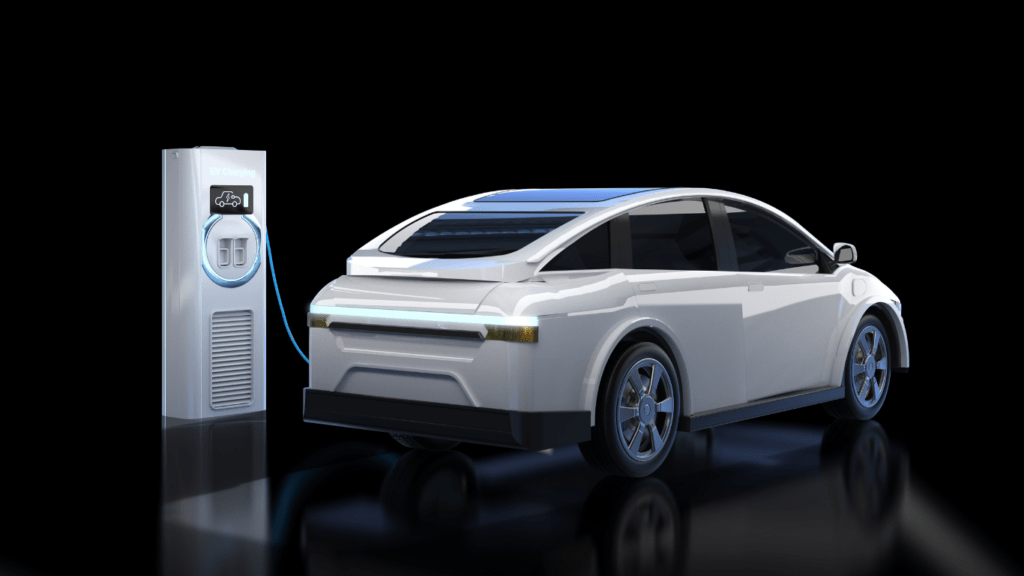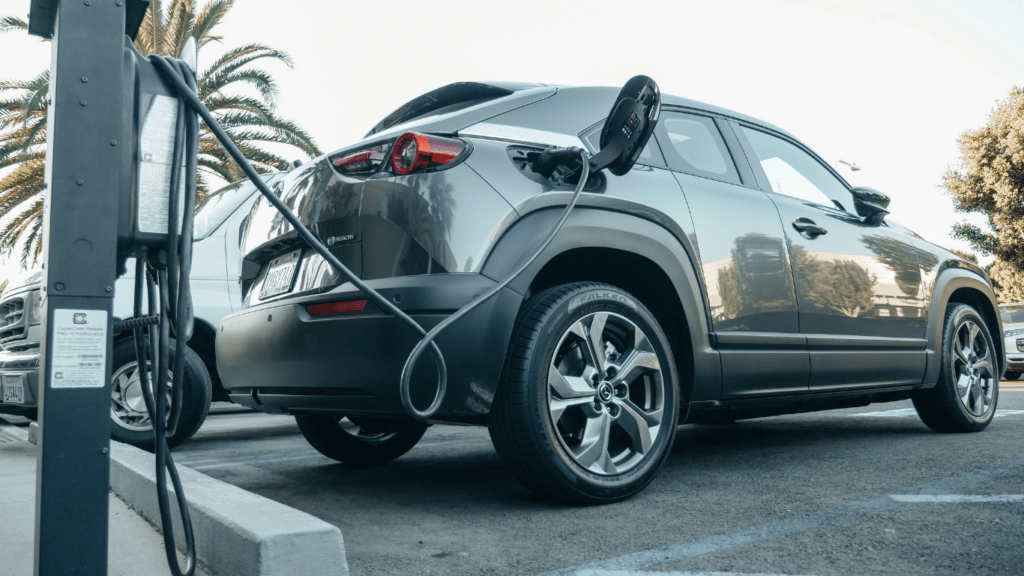As an avid follower of technological advancements, I’ve witnessed a remarkable shift in the landscape of transportation with the rapid evolution of electric vehicles (EVs). One of the key elements driving the widespread adoption of EVs is the development of charging infrastructure. From humble beginnings to a sophisticated network spanning cities and highways, the evolution of electric vehicle charging infrastructure has been nothing short of revolutionary.
In this article, I’ll delve into the fascinating journey of how electric vehicle charging infrastructure has transformed over the years, catering to the growing needs of eco-conscious drivers. The integration of smart technologies, the rise of fast-charging stations, and the collaborative efforts between governments and private sectors have played pivotal roles in shaping the current state of EV charging infrastructure. Join me as we explore the past, present, and future of this vital component in the electrification of transportation.
Historical Overview of Electric Vehicle Charging
I’ll delve into the historical overview of electric vehicle charging by examining its transformation from basic plug-ins to sophisticated stations and the pivotal roles played by the government and private sector.
From Simple Plug-ins to Advanced Stations
Electric vehicle charging infrastructure has evolved significantly from simple plug-in setups to advanced charging stations. Initially, EV owners relied on basic household outlets for charging, which proved to be slow and inefficient. Over time, the introduction of Level 2 chargers, capable of providing quicker charging times, revolutionized the EV charging experience. These stations are now commonly found in public spaces, workplaces, and residential buildings, offering greater convenience and accessibility to EV users.
Fast-forward to today, where rapid advancements in technology have led to the development of ultra-fast charging solutions like DC fast chargers and Tesla’s Superchargers. These advanced stations can charge an EV to 80% in as little as 30 minutes, making long-distance travel more feasible and convenient for EV drivers. The evolution of charging infrastructure continues, with wireless charging technology and high-power chargers on the horizon, promising even faster and more efficient charging capabilities in the near future.
Government and Private Sector Roles
The expansion and improvement of electric vehicle charging infrastructure have been significantly influenced by the collaborative efforts of both the government and the private sector. Governments worldwide have implemented various initiatives to promote the adoption of electric vehicles and enhance charging infrastructure. This includes offering incentives such as tax credits, grants, and rebates to incentivize individuals and businesses to invest in EVs and charging stations.
Moreover, governments have played a crucial role in developing regulatory frameworks and standards to ensure the interoperability and safety of charging infrastructure. By setting guidelines and requirements for charging station installations, governments have helped streamline the development process and fostered a more cohesive and reliable charging network.
In parallel, the private sector, including automakers, utilities, charging network operators, and technology companies, has been instrumental in driving innovation and investment in EV charging infrastructure. Companies like Tesla, ChargePoint, and EVgo have made significant contributions to expanding the charging network by deploying fast-charging stations across key travel routes and densely populated areas.
The collaborative efforts between governments and the private sector have been essential in shaping the current landscape of electric vehicle charging infrastructure, making charging more accessible, efficient, and widespread than ever before.
Technological Advancements in Charging Systems
I’m excited to delve into the technological advancements shaping the landscape of electric vehicle (EV) charging systems. Let’s explore the latest innovations that are propelling the evolution of charging infrastructure.
Wireless Charging Technology
Wireless charging technology is revolutionizing the way we power up electric vehicles. By eliminating the need for physical cables and connectors, wireless charging systems offer unparalleled convenience and ease of use. These systems use electromagnetic fields to transfer energy from a charging pad to the vehicle’s receiver pad, making charging as simple as parking your car. With advancements in efficiency and charging speeds, wireless charging technology is set to redefine the EV charging experience.
Ultra-Fast Charging Innovations
Ultra-fast charging innovations are driving the evolution of EV charging infrastructure to new heights. The development of ultra-fast chargers, such as DC fast chargers and Tesla’s Superchargers, has significantly reduced charging times, enabling EV drivers to replenish their vehicles’ batteries swiftly. These innovations are essential for facilitating long-distance travel and are a testament to the continuous advancements in charging technology. As charging speeds and efficiency improve, the adoption of electric vehicles is becoming more practical and widespread.
Geographic Expansion of Charging Stations
Expanding the EV charging infrastructure globally has been a transformative journey, enhancing accessibility and convenience for electric vehicle owners. The evolution of charging stations has not only facilitated urban areas’ needs but also brought about significant improvements in rural regions.
Urban Versus Rural Availability
In urban settings, the concentration of charging stations is higher due to the dense population and increased demand for electric vehicles. Cities have seen a rapid surge in the installation of charging points in public spaces, parking lots, and commercial areas to cater to the rising number of EV users.
Conversely, rural areas have faced challenges in establishing a dense network of charging stations due to lower population density and fewer resources. However, initiatives are being undertaken to bridge this gap by strategically placing charging stations along highways, tourist routes, and key locations in rural communities to support long-distance travel and encourage EV adoption in these regions.
Global Spread and International Cooperation
The global spread of charging stations is a testament to international cooperation and collaborative efforts aimed at creating a sustainable and interconnected EV charging network. Countries worldwide are actively engaged in partnerships to standardize charging protocols, promote interoperability, and develop innovative solutions to overcome infrastructure barriers.
International collaborations between governments, organizations, and industry stakeholders have played a crucial role in expanding the reach of EV charging infrastructure beyond borders. This cooperation fosters innovation, drives technology advancements, and ensures a seamless charging experience for electric vehicle owners traveling across different countries and continents.
Challenges and Solutions in Charging Infrastructure
Addressing Grid Capacity and Stability
Ensuring grid capacity and stability is a critical aspect of expanding electric vehicle (EV) charging infrastructure. The increasing number of EVs needing to charge presents challenges to the grid, potentially causing strain during peak times. To address this, smart charging technologies can optimize charging schedules based on grid capacity to minimize impact. Additionally, integrating renewable energy sources like solar and wind power can help enhance grid stability while promoting sustainable charging practices.
Overcoming Cost and Accessibility Issues
Cost and accessibility remain significant barriers to widespread adoption of EV charging infrastructure. The installation and maintenance costs of charging stations, especially fast chargers, can be substantial. However, leveraging public-private partnerships and incentives can help alleviate the financial burden on stakeholders while accelerating infrastructure deployment. Moreover, ensuring equitable access to charging stations across urban and rural areas is essential to promote inclusivity and address disparities in EV charger distribution. By implementing innovative financing models and location-based strategies, we can overcome cost and accessibility challenges, fostering a more robust and accessible charging network for EV users.
The Future of Charging Infrastructure
As we look ahead to the future of electric vehicle (EV) charging infrastructure, several predictions and emerging trends are shaping the landscape. Let’s delve into what we can expect in the evolution of charging solutions:
- Ultra-Fast Charging: In the coming years, we anticipate a significant shift towards ultra-fast charging technologies that can drastically reduce charging times. With advancements in battery technology and infrastructure, EV drivers will enjoy faster and more convenient charging experiences.
- Increased Renewable Energy Integration: The future of charging infrastructure will see a greater emphasis on renewable energy sources to power EV charging stations. Solar panels, wind turbines, and other sustainable energy solutions will play a crucial role in reducing the carbon footprint of electric vehicles.
- Expansion of Wireless Charging: Wireless charging, already a promising technology, is expected to become more prevalent in the future. This convenient and cable-free charging method will likely see widespread adoption, especially in urban areas and public parking spaces.
- Enhanced Grid Integration and Smart Charging: Grid capacity and stability will be key focus areas in the future of charging infrastructure. Smart charging technologies, coupled with grid optimization strategies, will ensure efficient and sustainable use of electricity for EV charging, mitigating potential strain on the power grid.
- Diversification of Charging Station Models: To cater to the diverse needs of EV users, we anticipate a diversification of charging station models. From public fast chargers to home charging solutions and workplace installations, the future will offer a range of options to support seamless charging experiences.
- Integration of Energy Storage Systems: Energy storage systems, such as stationary batteries, are likely to be integrated into charging infrastructure to manage peak energy demands and enhance grid stability. These systems will enable more efficient utilization of renewable energy and support the growing electrification of transportation.
- Collaborative Ecosystem Development: A collaborative approach involving governments, utility companies, automakers, and charging network operators will be instrumental in shaping the future of charging infrastructure. By working together, stakeholders can overcome challenges and accelerate the deployment of robust charging solutions.
The future of electric vehicle charging infrastructure holds exciting prospects, with rapid advancements in technology, sustainable energy integration, and collaborative efforts driving the evolution towards a more efficient and accessible charging network.




